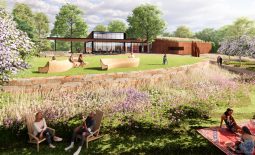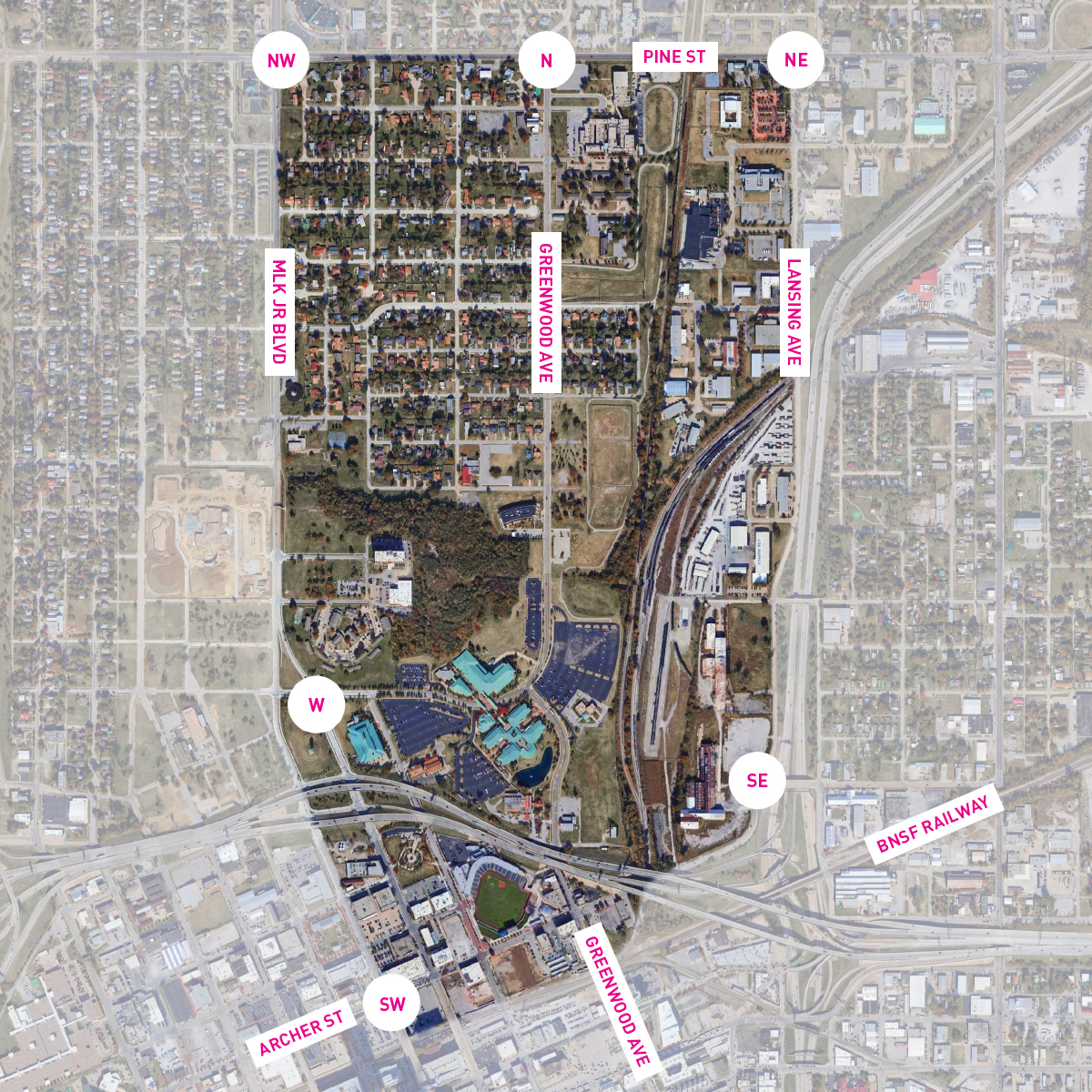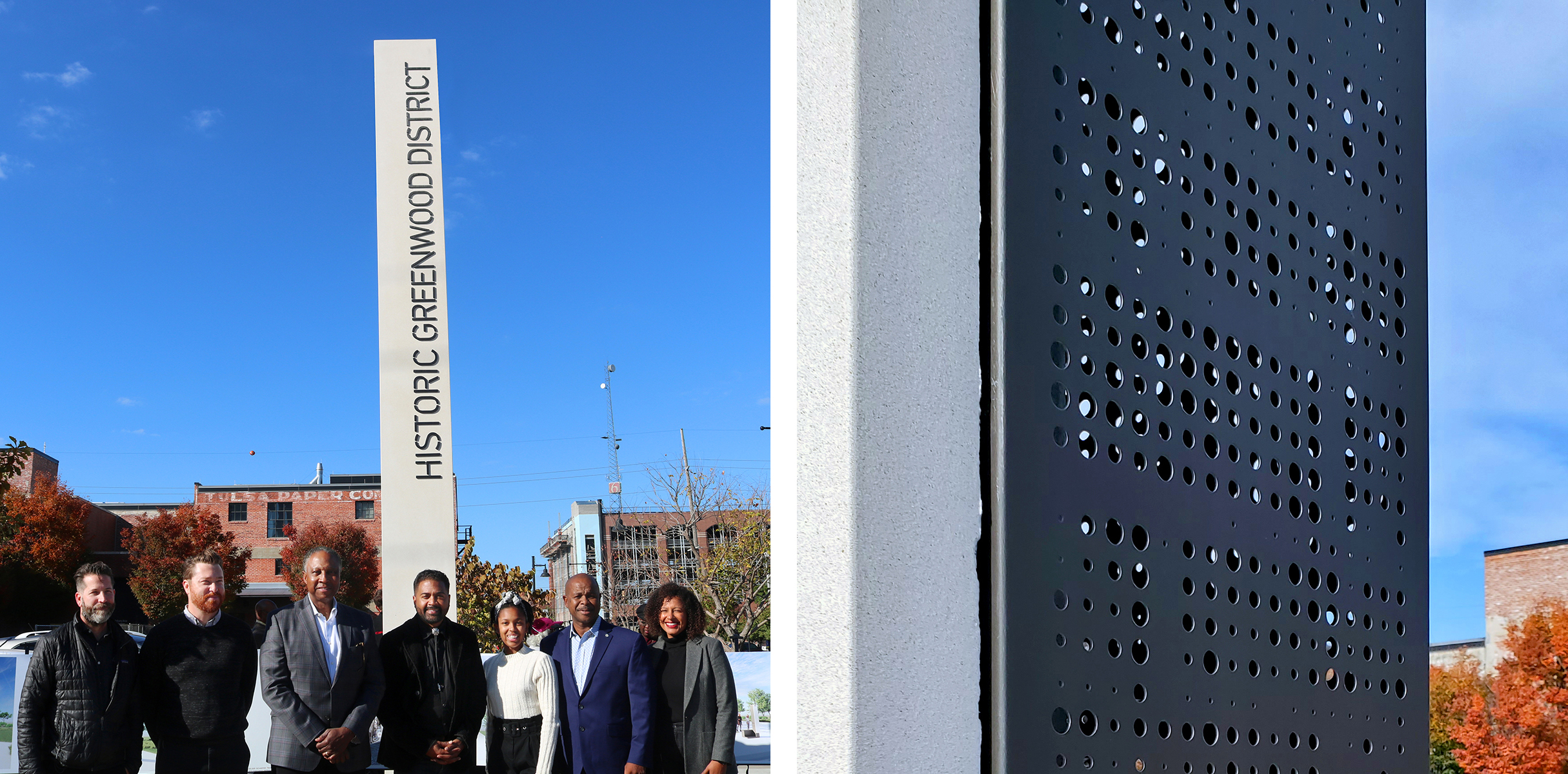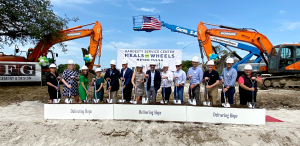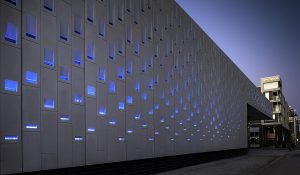The first of what will eventually be six markers showing the boundaries of the historic Greenwood District was unveiled at the corner of Archer Street and MLK Boulevard on Friday, November 5, 2021. This project marks the perimeter of the Historic Greenwood District — a much larger area than many people realize. The five remaining markers will be installed as far north as Pine Street and as far east as Lansing Avenue, showing that the entire footprint of the District expands far beyond the area at Greenwood and Archer we know today.
“It’s more than just a couple of buildings that they see on Greenwood Avenue. It was an entire neighborhood of families, of entrepreneurs, of a way of life that African Americans could only have experienced in a place like Oklahoma because of land ownership and because of oil and gas discovery.”
– Phil Armstrong, Greenwood Rising Interim Executive Director
Built from granite and concrete, we designed the markers to resemble a stacked monolith – historically used to set boundaries and signify permanence. The outward-facing concrete shell welcomes people to the district while the inward-facing metal screen incorporates a pattern sourced from imagery of historic Greenwood brick, a defining characteristic of the district.
Brick and the idea of rebuilding is a prevalent theme throughout the Greenwood Rising: Black Wall Street History Center exhibits and the district itself. Keeping with this theme, the perforation pattern is based on a sourced image of historic brick. Abstracting this image through halftones, the brick becomes less obvious, allowing the pattern to take on different meanings for the viewer. It could also be interpreted as a city/district grid. The pattern has a dramatic transformation from day to night – similar to the Greenwood Rising facade.
This is the final project of the 1921 Race Massacre Centennial Commission. The markers are the end of the Commission’s work but are a transformative part of its legacy and the future growth of the Greenwood District.
MEDIA:

